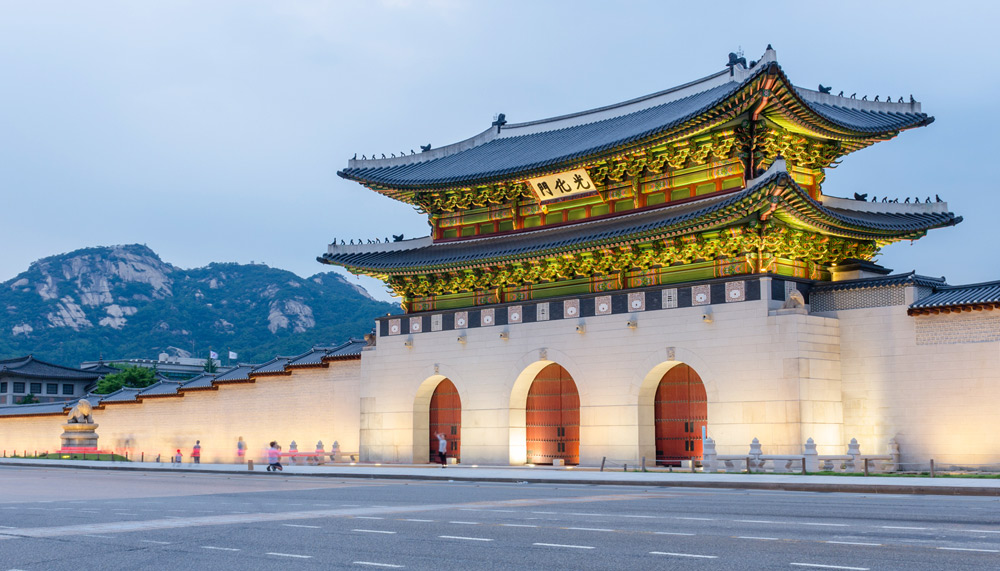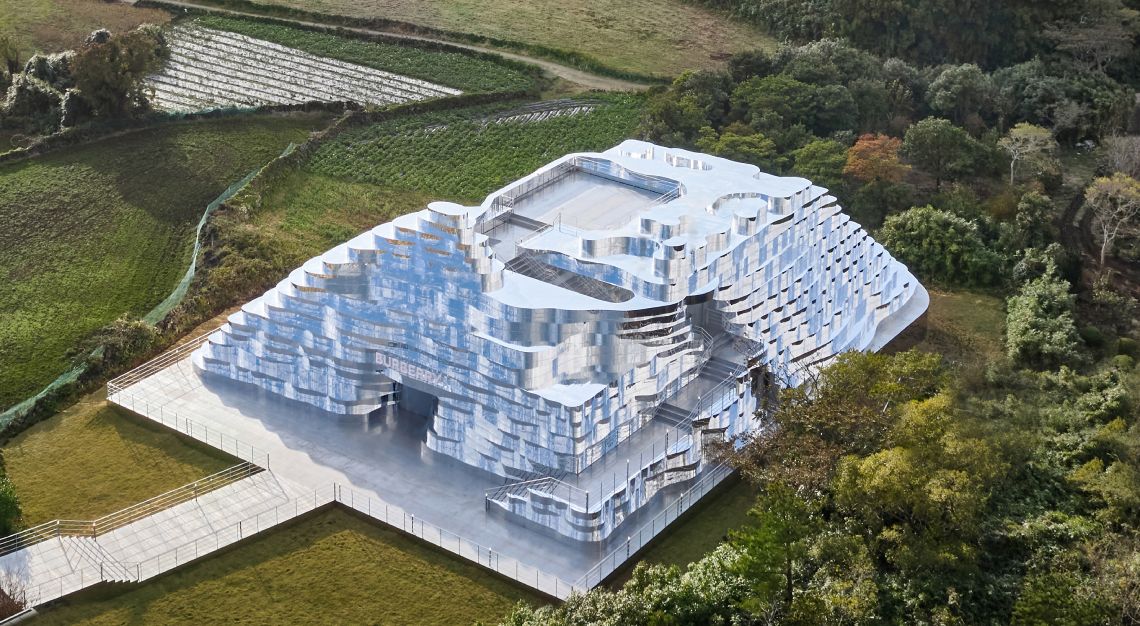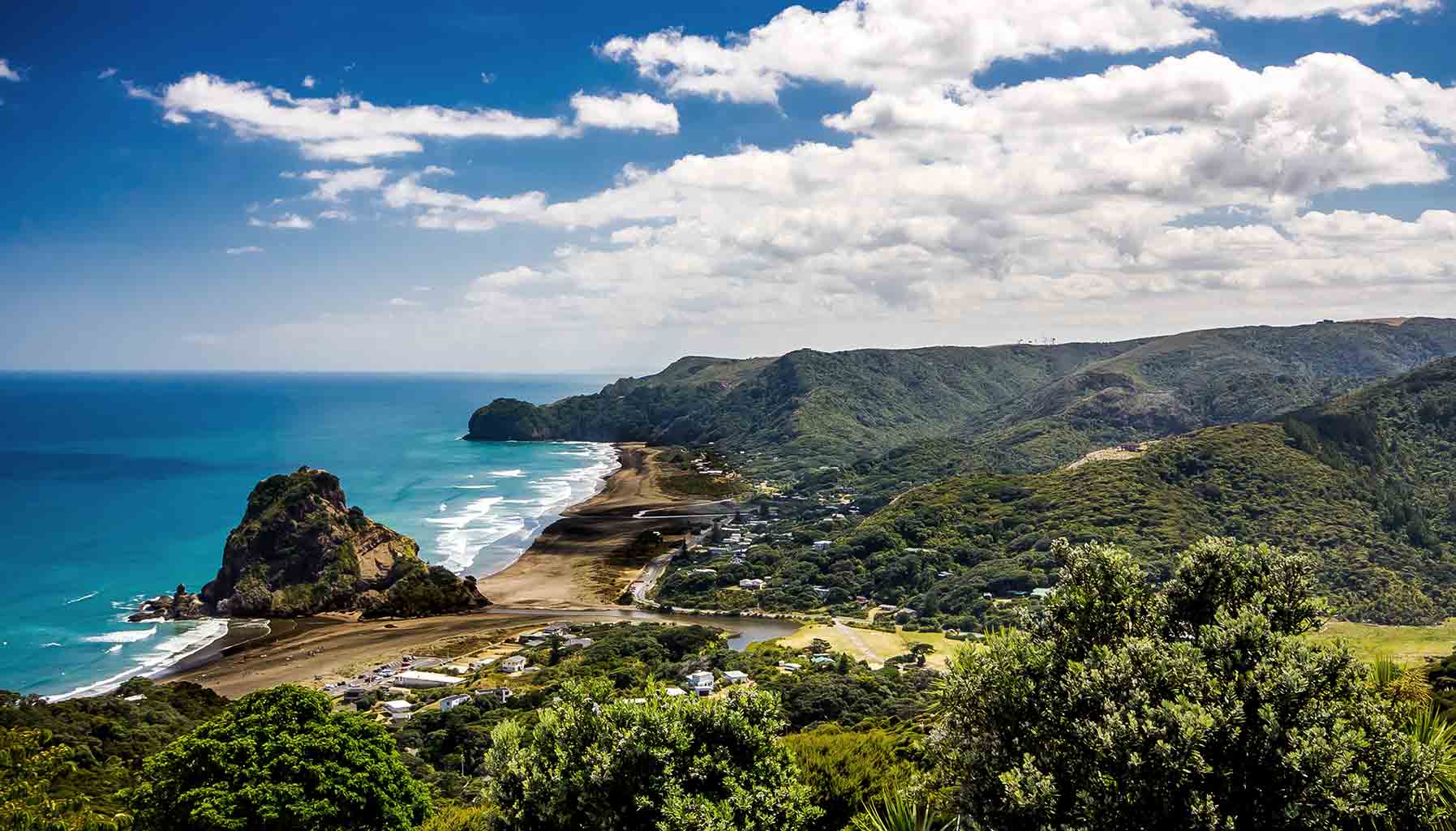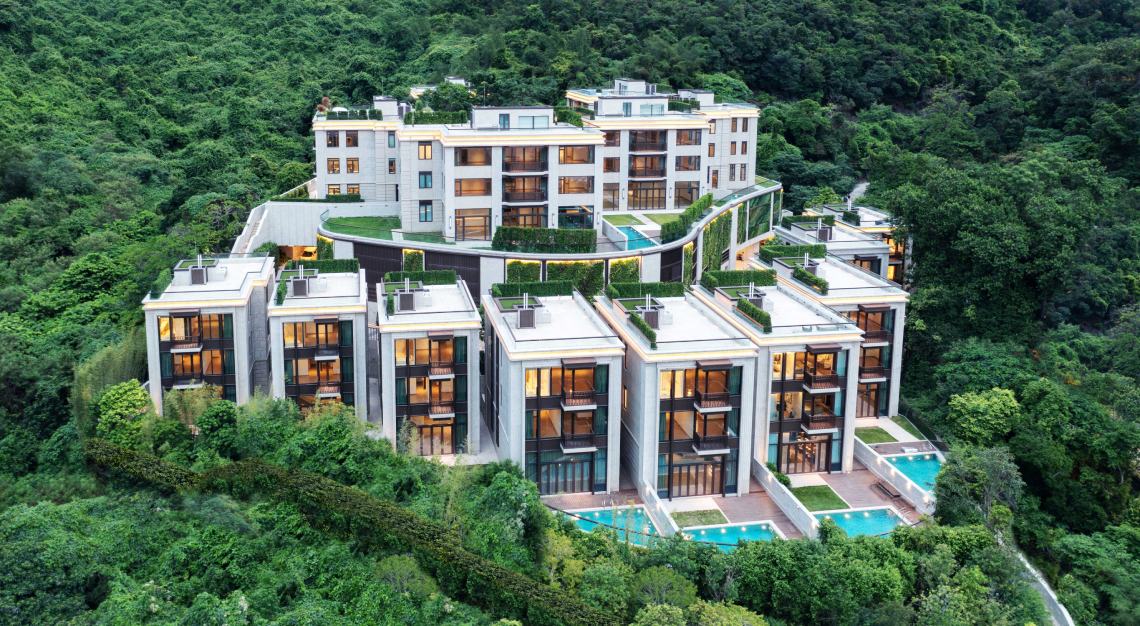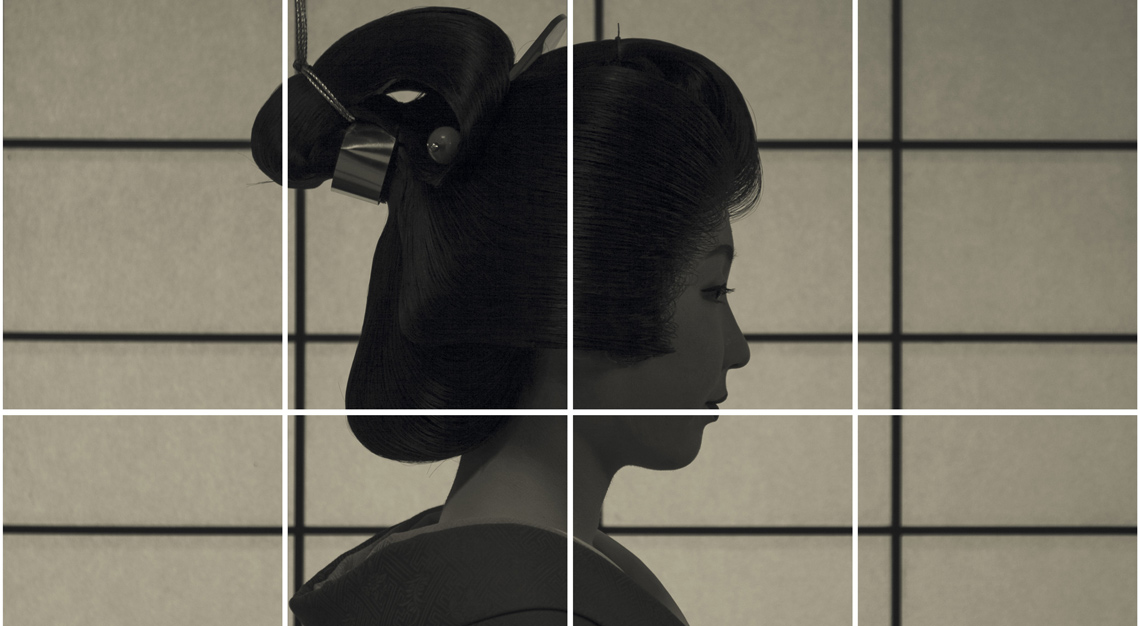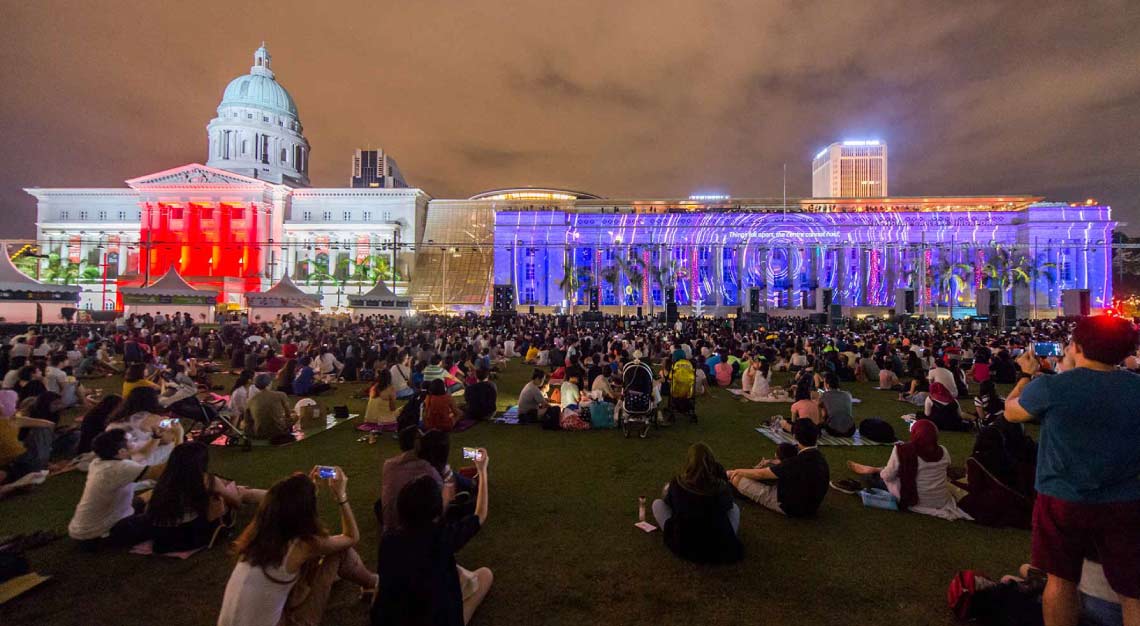Branding of a Behemoth
There is no denying the Korean wave has inundated the rest of the world. From music and fashion to drama and pop culture, this is only the beginning of its rich cultural tapestry on display to an ever-consuming international audience. How did this relatively small East Asian nation foist itself firmly onto the world’s consciousness, and become synonymous with boundary-breeching milestones on such an extensive and diversified level? More importantly, which was the pivotal era that caused the change?

At approximately 100,000 sq km and with just over 50 million people, the relatively small South Korean nation is firmly entrenched at the forefront of culture. The leading tastemaker consistently demonstrates a near-constant evolution in the arts, architecture and fashion that intricately hot-houses the Korean id and aesthetic – in the process creating a sustainable ecosystem designed to satiate the demands of an adoring public.
Perhaps this is natural selection at play, in its most organic form. In a clear and unapologetic nod, South Korean has assumed a unique footprint that resolutely states its own protest culture – one in the form of a flourishing of artistic sensibilities, to the point of exponential explosion.
Rather than immerse itself in manic nihilism, South Korea has done an about-turn and tapped into the roots of the Joseon dynasty lasting over 500 years, from 1392 to 1897. At the helm of the grandiose Joseon culture was founder Yi Seong-gye. He set in place Korea’s first secular state that embraced neo-Confucianism, in a concerted move away from centuries of policies underpinned by Buddhism. This was in the belief that philosophy would sustain the country, and the segue revealed an evolution of taste through ceremony, form and function.

This colourful era is currently distilled in a riveting exhibition at the Asian Civilisations Museum. Titled Joseon Korea: Court Treasures and City Life, the exhibition features furniture, fashion and decorative arts curated from the collections of national museums in the country. Rare works and treasures will be revealed in Singapore for the first time, showcasing the intricacies of the Joseon dynasty, and the legacy of its courtly culture that emanates to this day.
The showcase at the Asian Civilisations Museum is a culmination of three extensive years of collaboration with Korea’s most renowned national museums. The exclusive insight runs the gamut from exploring the lives of the Joseon period’s royal patronage, and the aristocratic class of the yangban, to the everyday lives of its people. The exhibition will also include narratives that succinctly depict the period’s close ties with nature, sacred art and religious traditions, offering unparalleled access and an unsurpassed deep dive into the layered and impressive history of the formidable dynasty.
One such featured work is The Sun, Moon and Five Peaks from the National Palace Museum of Korea. From the 19th or early 20th century, this imagery on the six-fold painted screen was specific to the Joseon court, and placed behind the throne or royal portrait of a king. Yet another highlight is the porcelain Octagonal water dropper from the 19th century. Used to hold water to prepare ink for writing and painting, the dropper is decorated with an artistic themed landscape that was popular in China and inscribed with excerpts from two Tang dynasty poems, no doubt a nod to the countries’ interwoven histories.
Also on display at the Asian Civilisations Museum are significant paintings of the period. Korea has a long tradition steeped in detailed portraiture of its noblesse, honouring them in both life and death. The paintings were a standing testament to the achievements of noteworthy figures. The Portrait of Seo Jiksu from the National Museum of Korea is a hanging scroll, featuring the likeness of the scholar-official Seo Jiksu. Using ink and colours on silk, this is an unusual and rather intimate painting as it depicts the subject shod in a pair of soft, white shoes that are typically worn in private.
Much of modern Korea’s culture, etiquette and societal norms stem from the traditions of the Joseon period. Today, blink and you might miss the deep historical ties modern-day Korea has to its regal past. However, from the intricate interplay of colour and fashion, all the way to the celebrated art and architecture of Korea, this is history-revisited, with a present-day twist.
Bastions of policy and politics may erode with time, but Joseon’s true legacy is its gift to culture today. In a soft but sure-footed shuffle, Korea has set itself on the world’s stage.
The Joseon Korea: Court Treasures and City Life exhibition is now on at the Asian Civilisations Museum until 23 July.
